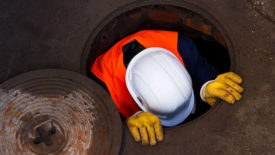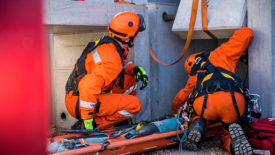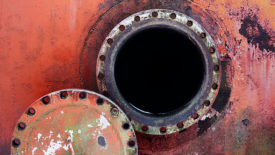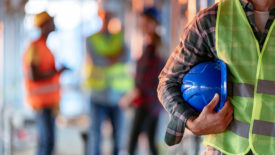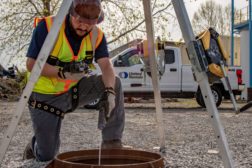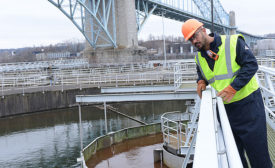Home » confined space
Articles Tagged with ''confined space''
Safety Talk
PPE selection, limits, and use: No single type can protect all individuals against all hazards
December 23, 2021
Safety Talk
Cut confusion over confined space
Remember if there’s a possibility it can kill you, it likely needs a permit
June 30, 2021
Never miss the latest news and trends driving the safety industry
eNewsletter | Website | eMagazine
JOIN TODAYCopyright ©2024. All Rights Reserved BNP Media.
Design, CMS, Hosting & Web Development :: ePublishing
